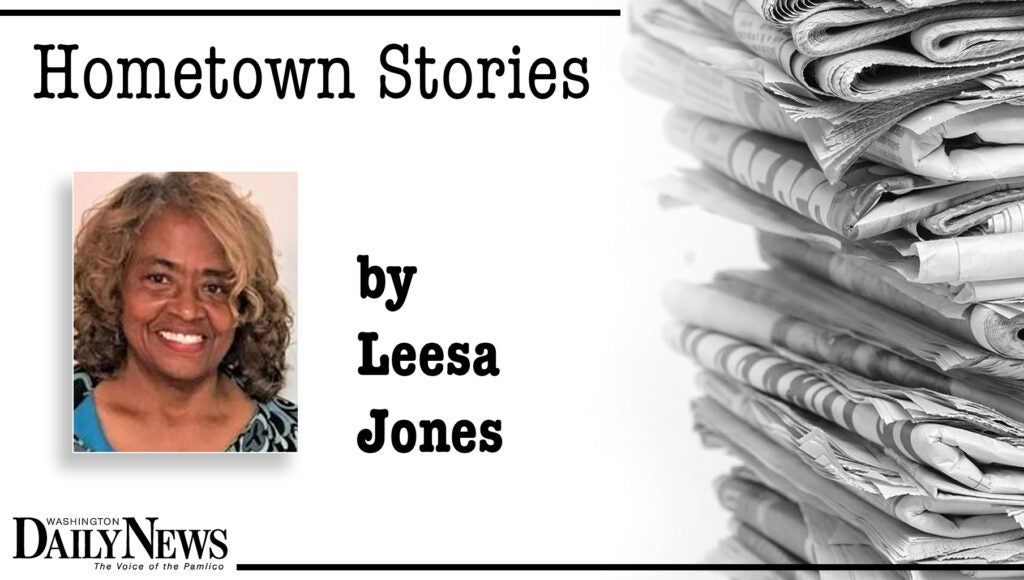Thinking differently can change the world
Published 1:44 pm Monday, October 7, 2024
|
Getting your Trinity Audio player ready...
|
Washington was vibrant with so many wonderful activities for people to enjoy last weekend. There was music, arts, educational learning activities for young people, and so many good things going. It was wonderful to have visitors stop by the Washington Waterfront Underground Railroad Museum, so we could tell them of all the fun things going on in the city.
I am very grateful for the words of encouragement visitors shared with Milt and I about the work we are doing at the museum. Someone said we reminded them of the ‘Think Different Campaign. That term ‘think different’ was created by Ken Segall who was the creative genius and director behind Apple Technology’s renowned and very successful ‘Think Different Campaign.’ You or someone you know owns an Apple Technology communication device.
Here is an excerpt from the TV commercial that highlighted Apple’s products.
“Here’s to the ones who see things differently, you can quote them, disagree with them, glorify or vilify them, but the one thing you can’t do is ignore them, because they change things. They push things forward. Because they see things differently, they are crazy enough to think they can change the world…. they are the ones that do.” The TV ad ended with the words “Think Different.”
My favorite professor in college was Jim Marren. He always challenged us to see things differently, and to think differently to see the positive value it could have for someone. He taught us how thinking differently could change someone’s world, if not the world itself.
When Milt, Rebecca Clark and I thought about starting a museum here in Washington, we did not think about changing the world. We just thought about how this museum might help people see history differently and think differently. We wanted to tell a story that merited what happens when people work together. We hoped to show what an impact it can make, when everyone’s history is acknowledged and celebrated for the positive strides it has made.
In acknowledging the Underground Railroad, we acknowledge the people groups that made it possible. How the Latino, Native American people and people from all walks of life added to the narrative of positive change. This Latino Heritage Festival was another chance for us to tell the story of Latino Heritage of the underground railroad.
There are visitors from all over the world that have come to the museum. In a way, maybe we have changed the way someone has seen how thinking different can change the world.
Leesa Jones is a Washington native and the co-curator of the Washington Waterfront Underground Railroad Museum.






